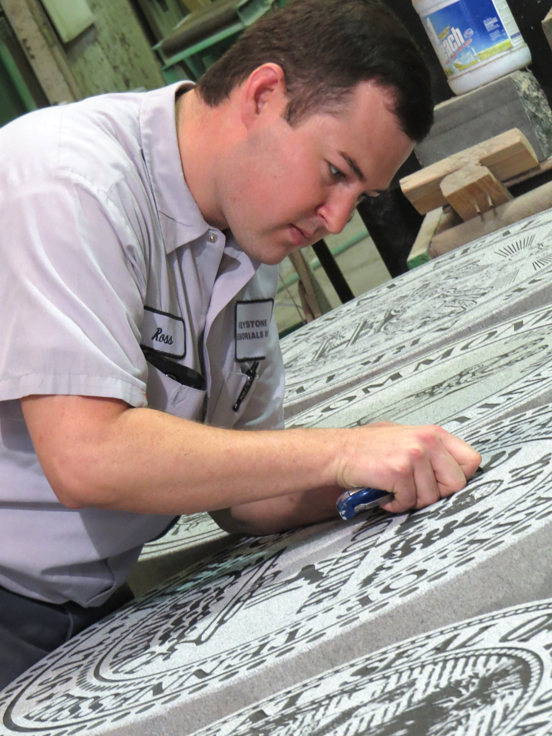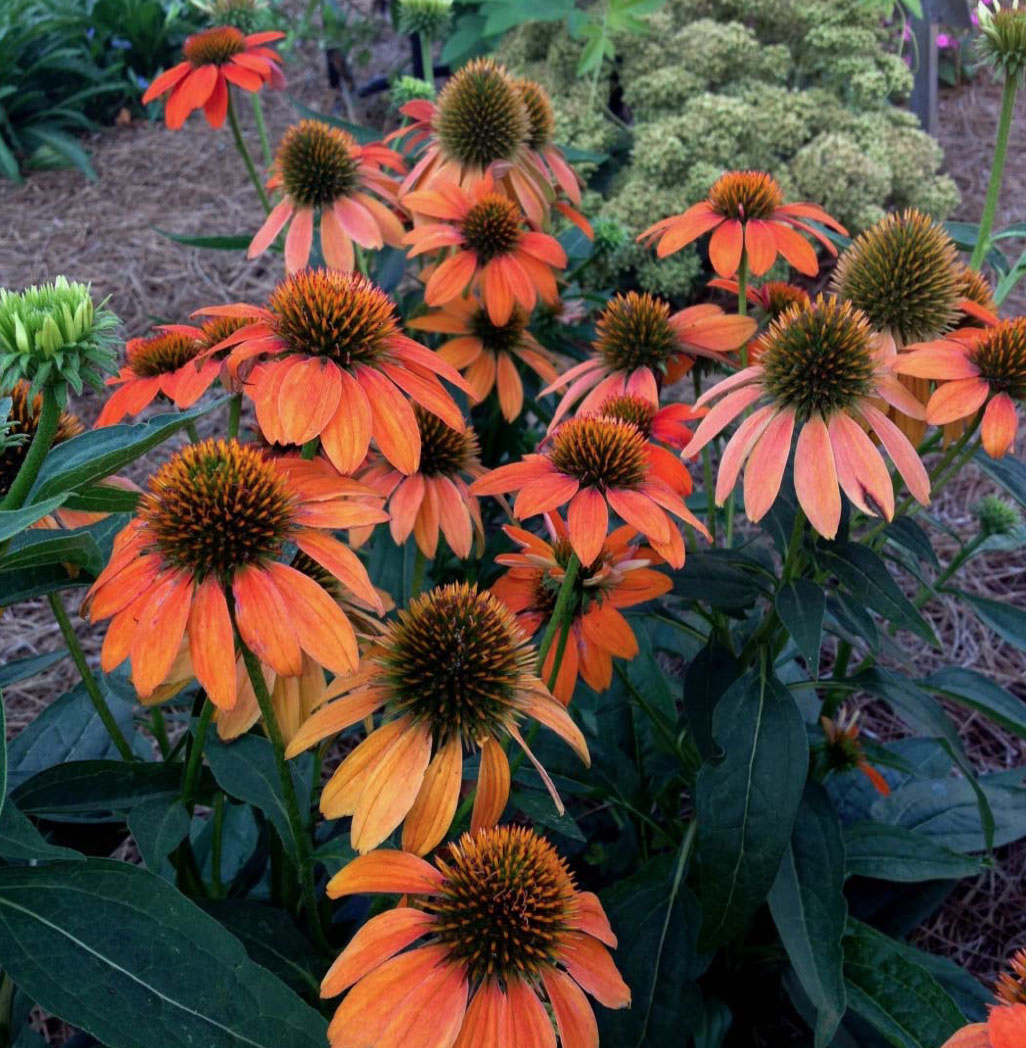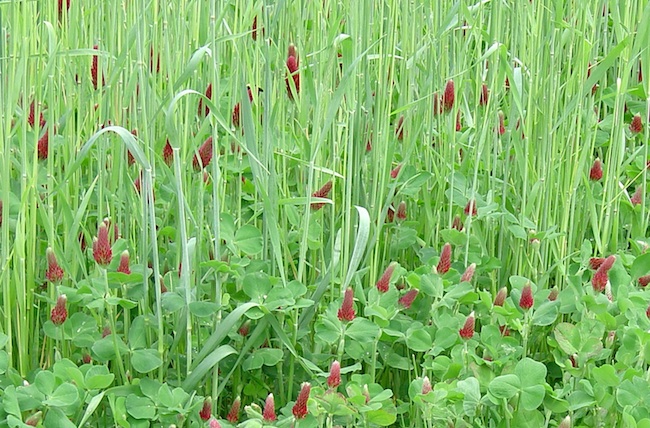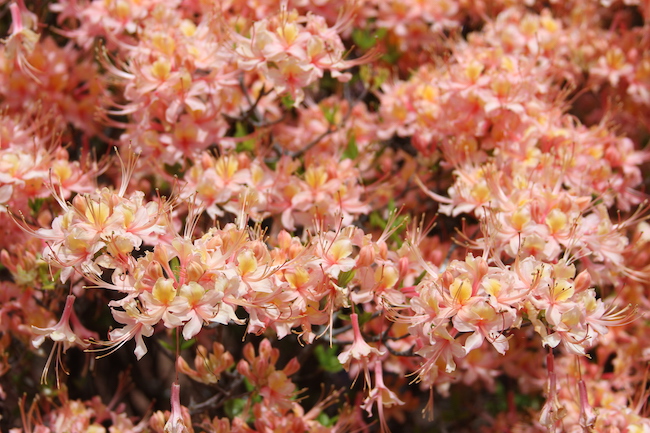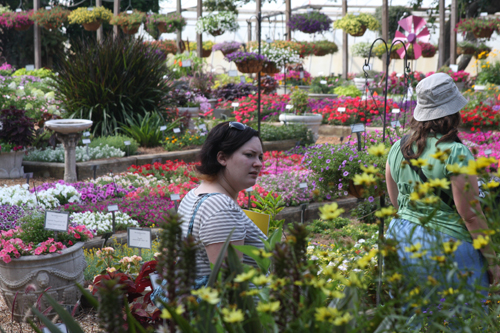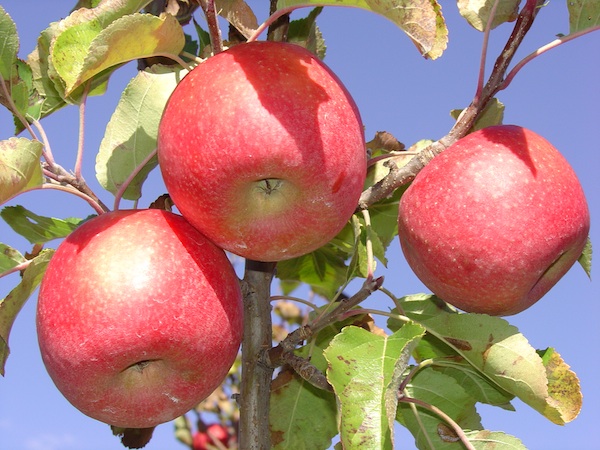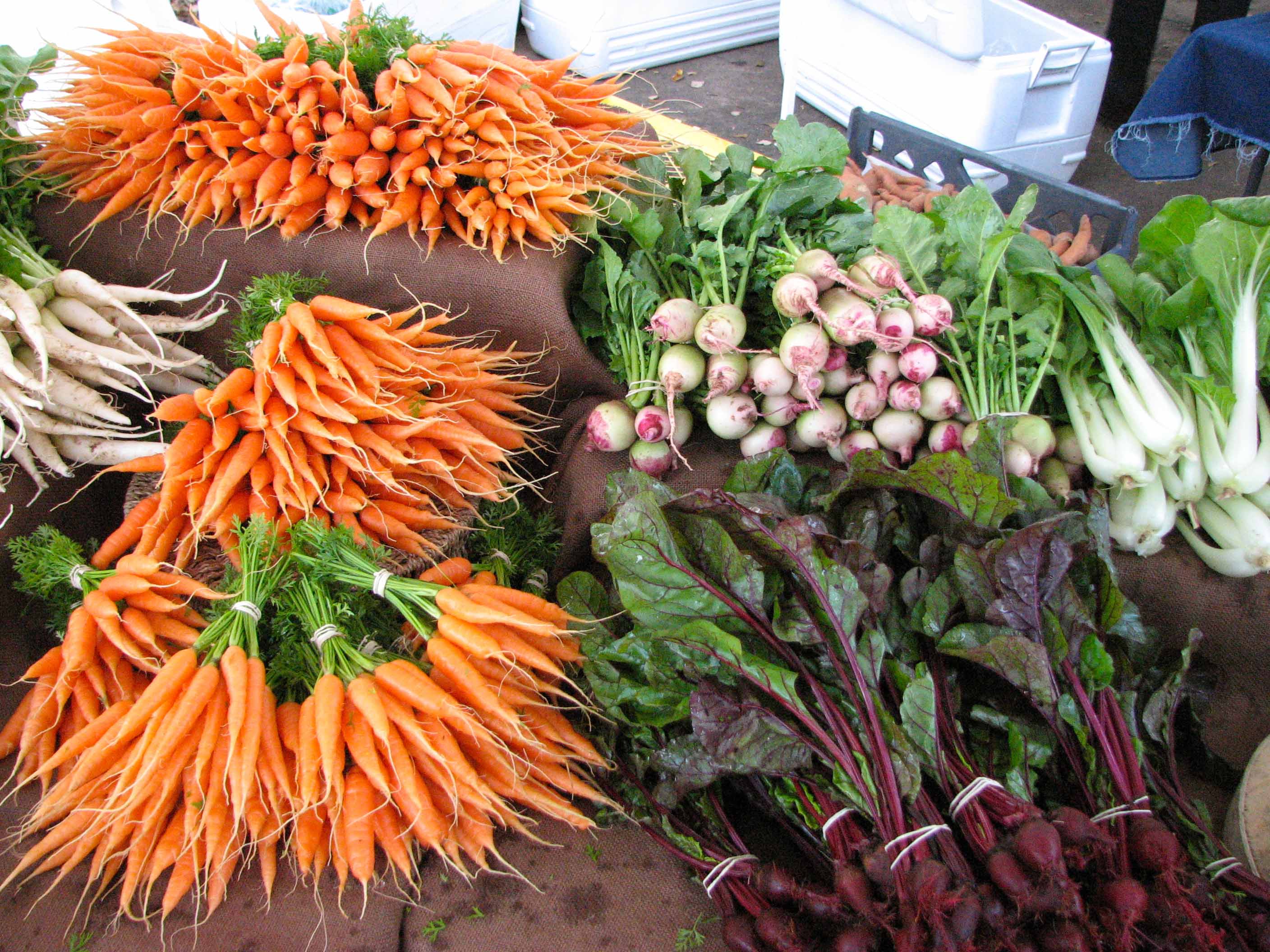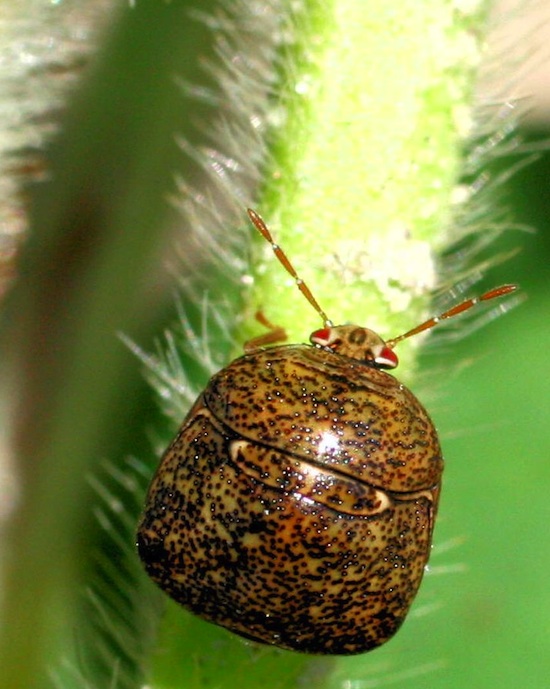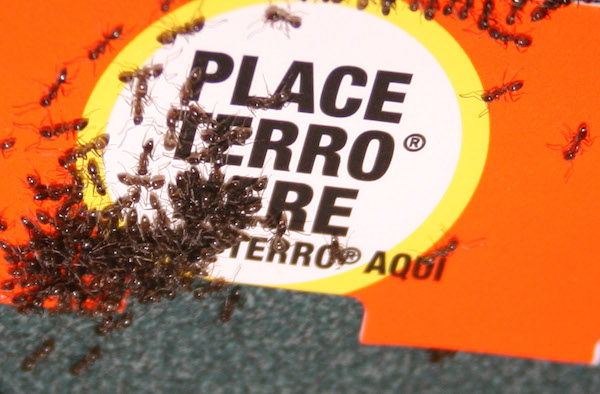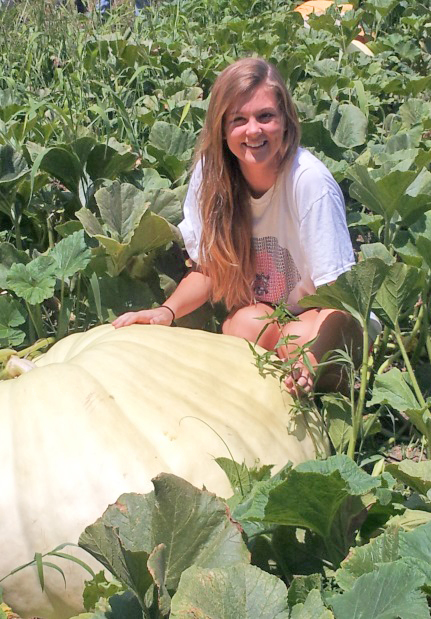 CAES News
CAES News
Great Pumpkins
The average Halloween carving pumpkin weighs 10 to 20 pounds, but with tender loving care the right pumpkin can grow to 10 to 20-times that size. That’s the goal Terrell County 4-H Club member Caroline Daniel set out to meet as she cared for her 430-pound, first-place winning pumpkin this fall.

